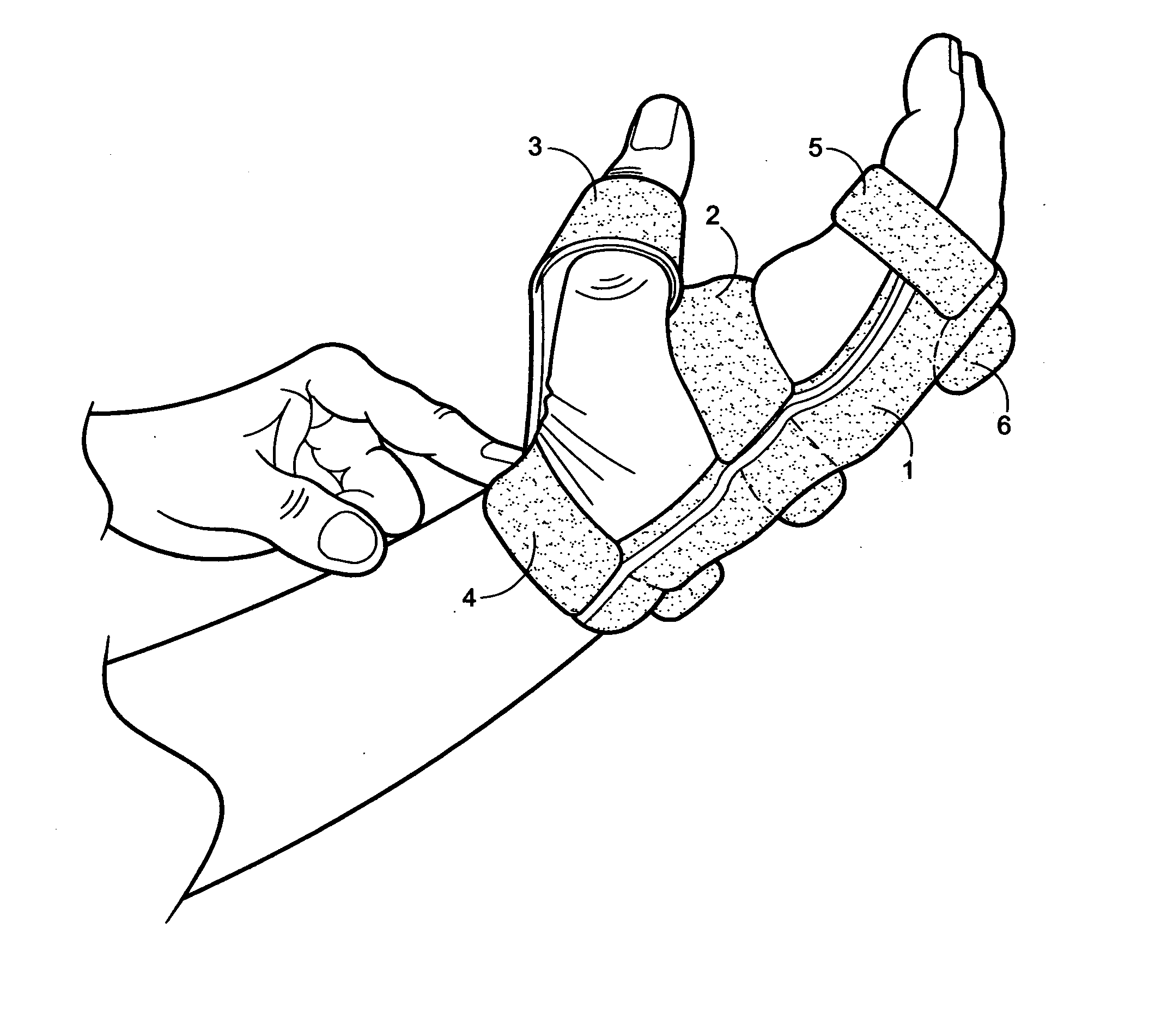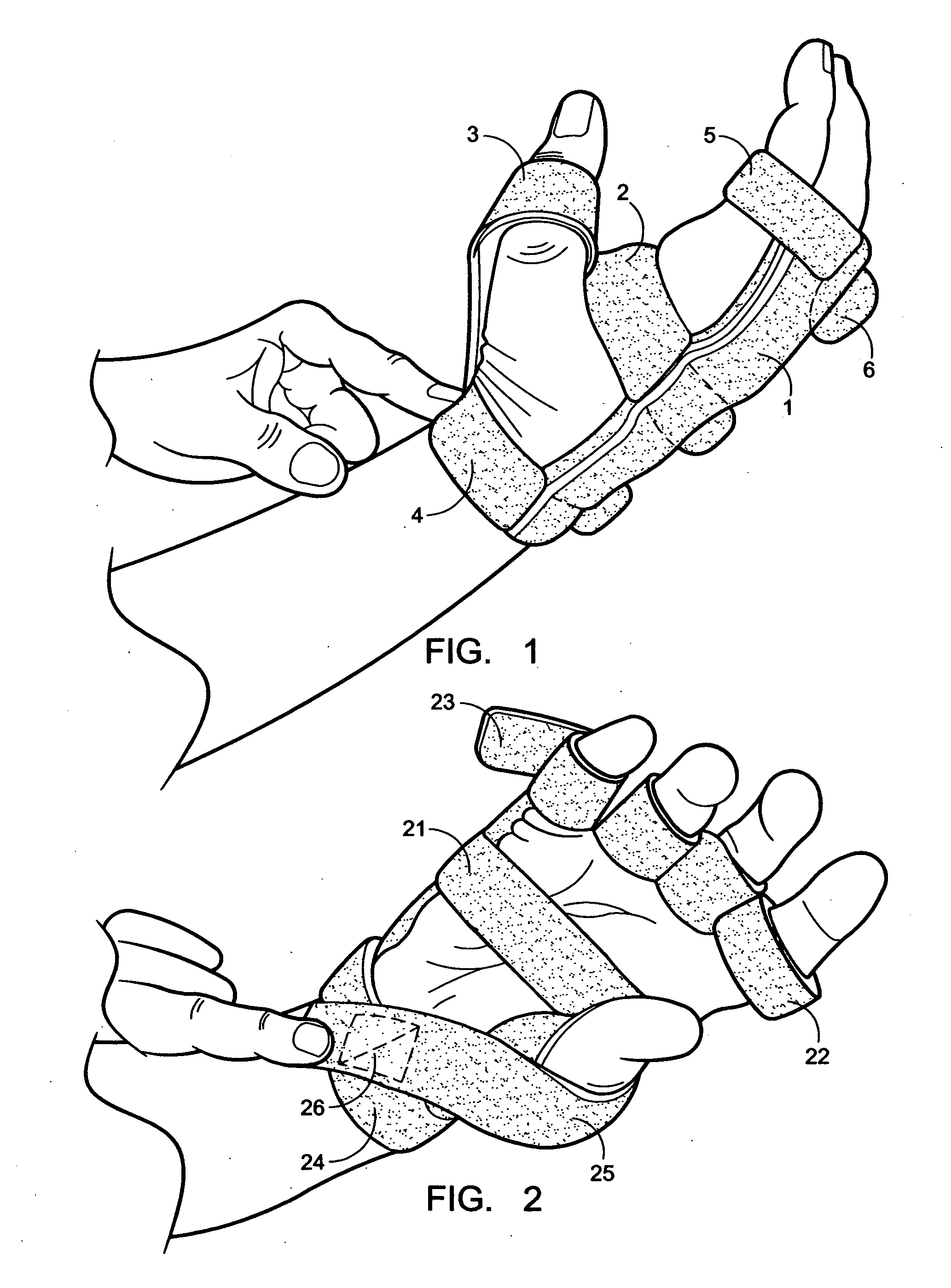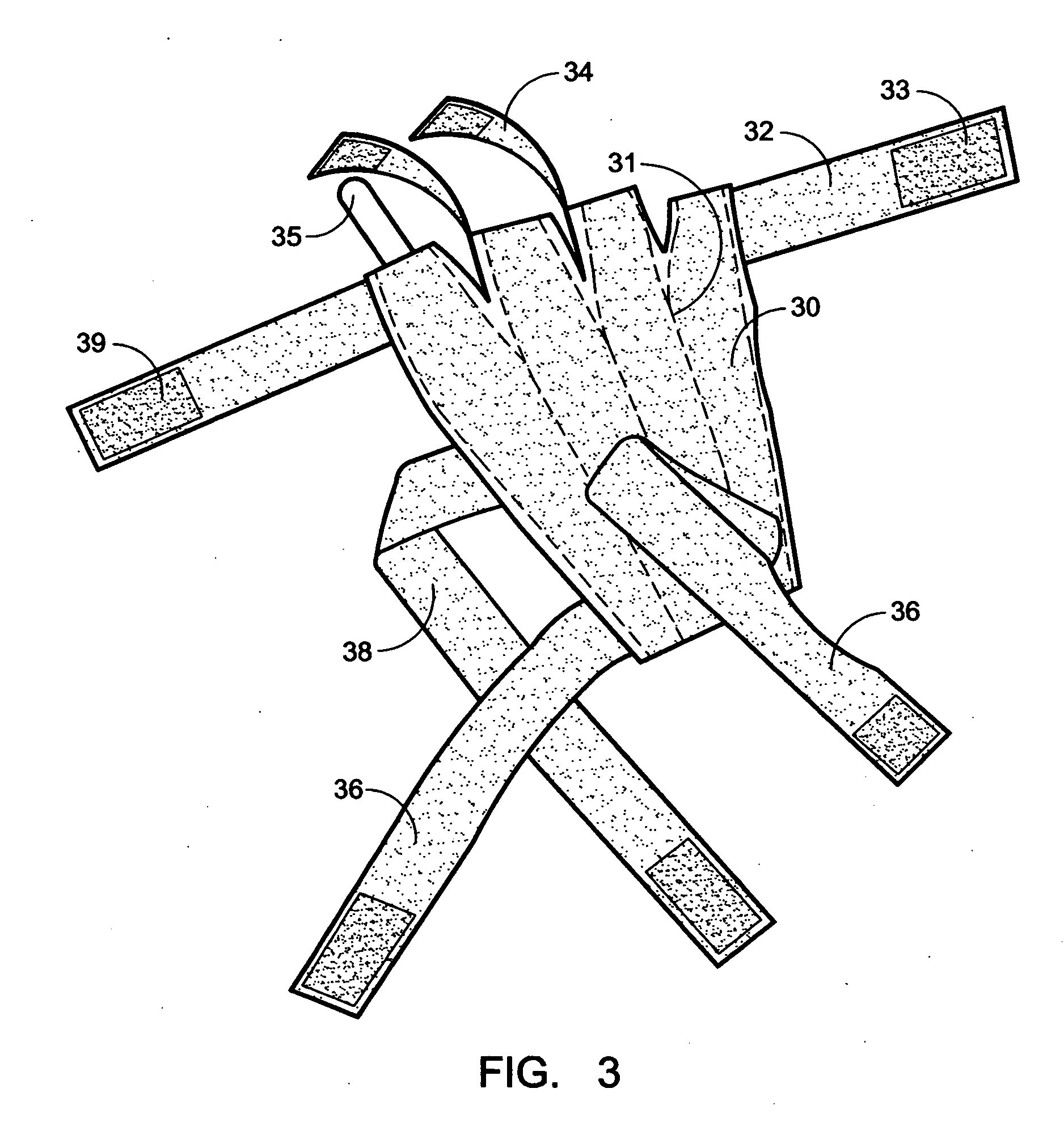During WW I, nerve injuries were repaired under tension and risked disruption after repair because of extensive
soft tissue injuries and significant infections.
Poor outcomes of
peripheral nerve damage repair were recognized to be the result of failed axonal regeneration at the site of the repair (Colohan, 1996).
Nerves can also be affected by injury from mechanical, thermal, chemical or compression means, causing
ischemia.
The result of damage to the nerve fibers includes the impairment of voluntary movement or function of the area of muscle controlled by the nerve because impulses to the area are blocked.
These effects, in turn, can lead to structural changes in muscle, bone,
skin, hair, nails, and
body organs due to reduced use of the affected area, immobility, lack of
weight bearing, etc.
Injury also often results in the loss of
sensation and control of the muscles served by the damaged nerves.
Such damage can also give rise to infection or structural damage.
Changes may include ulcer formation, poor healing, loss of tissue
mass, scaring, and
deformity.
No matter what the cause or type of the neuropathy, the resulting situation is that due to damage to the nerve, a certain part of the body either no longer functions or functions with lesser ability than it originally functioned.
In neuropathies affecting
muscles of the hand and fingers, prolonged muscle imbalance due to loss of muscle control can result in joint contractures and over-stretching or extension of denervated muscles.
When one set of the muscles is weakened due to injury or lack or impairment of
neural function, the “regular” set of muscles can easily overpower and overstretch the weakened or impaired muscles, potentially resulting in further injury and delayed or even reduced
recovery possibilities.
Without a splint, a patient may adapt to the imbalance and try to maintain the previously easy hand motions by using new and anatomically damaging methods.
Should a patient be allowed to substitute the aforementioned undesirable hand patterns to compensate for the loss of normal
hand motion, it is highly likely that the joint will develop a
contracture from being taken through less than its full
range of motion.
Even the greatest medical strategies for treating
peripheral nerve damage will prove useless if the patient doesn't use the splint.
In trying to come up with a splint which will assist patients with peripheral and radial nerve damage, it cannot be understated how important the appearance of the splint is in terms of whether the patient will actually use it.
While many in the medical field may find this fact to be disappointing, it remains a fact that cannot be discounted when assessing whether a particular product will help the patient—the best splint in the world is useless if the patient does not use it.
As will be seen from some of the prior art, many of the previous attempts to treat
peripheral nerve damage were highly expensive and obtrusive machines with many
metal wires, springs and clamps which looked more appropriate in a horror movie than on a person.
The prior art also provides numerous examples of current splints for supporting or treating nerve damage-based injury to voluntary muscle mobility of the hand and digits include supports and splints for use on the hand and digits, however none of these provides a device which can treat a peripheral
neurological injury to the hands and / or fingers which is both functional and attractive, comfortable, and user-friendly—in short, a splint that a patient is likely to wear.
These splints, however, do not allow for the selective treatment of peripheral and radial nerve damage as does the current invention.
Some, such as U.S. Pat. No. 6,093,162 to Farleigh and U.S. Pat. No. 4,619,250 to Hasegawa, are so unwieldy as to be suitable solely for a medical office, as they require such complex machinery to work that they could not be used at a patient's home or while a patient was walking, driving, or performing other normal daily activities.
These patents, however, are unwieldy and are useful mainly for exercising, as opposed to the current invention whose uniqueness comes in large part from its ability to be worn throughout the day and to assist the user in not only exercising and improving the damaged nerves and recovering muscles, but also allowing the user to perform daily functions such as picking up a glass of water to drink, that would be otherwise impossible for the user of the invention to accomplish due to his / her neuropathy.
These splints, however, serve only to restrain the fingers rather than encouraging the damaged nerves and muscles to heal, and neither of these splints would allow for a user to clasp and unclasp his / her hand in performing normal
hand functions.
These devices, however, as the pictures in their advertisements will make readily apparent, have a large number of delicate springs and wires extending up, out, down and to the side from the patient's wrist and hand up to several inches, thereby both increasing the danger that the splint will be damaged during normal use and restricting the potential uses the patient can make of his / her hand while wearing such a device.
These splints are also extremely unattractive, thereby severely decreasing the likelihood that they will be used regularly by the patient.
This patent does not, however, teach any type of device which relates to the fingers of the hand.
This glove is used by an individual with nerve damage which has hampered the use of the hand, and serves to hold one or more fingers in a set, desired position, with a stated purpose of “provid[ing] comfort to the user while also serving to lessen the obviousness of any hand or finger grotesqueness.” As such, the Robinson patent does not supply a means by which a person with nerve damage to his / her hand can use a glove-like device to improve the functioning of his / her hand.
While the Robinson splint avoids the unwieldy and unattractive springs and wires of the Oppenheimer and Thomas splints, it does not provide a complete solution to the problem of providing a simple yet
effective method of allowing for flexibility in the treatment of peripheral neuropathies.
Since each “InRigger” spring is made with a pre-set tensile strength, there is no adjustability possible.
It is also fairly cumbersome to use, as the user first has to align the inner part and then pull over the glove portion, an activity not easy for someone with limited, at best, use of one hand.
Thus, although the medical field has a number of splints and supports that have been used for treatment of radial nerve damaged muscles, the field still lacks effective splints that have a
user friendly, esthetically pleasing low-profile that, at the same time, provide for versatile, life-like operation and allow for easy interchangeability of the components that compensate for muscular and nerve deficits.
 Login to View More
Login to View More  Login to View More
Login to View More 


